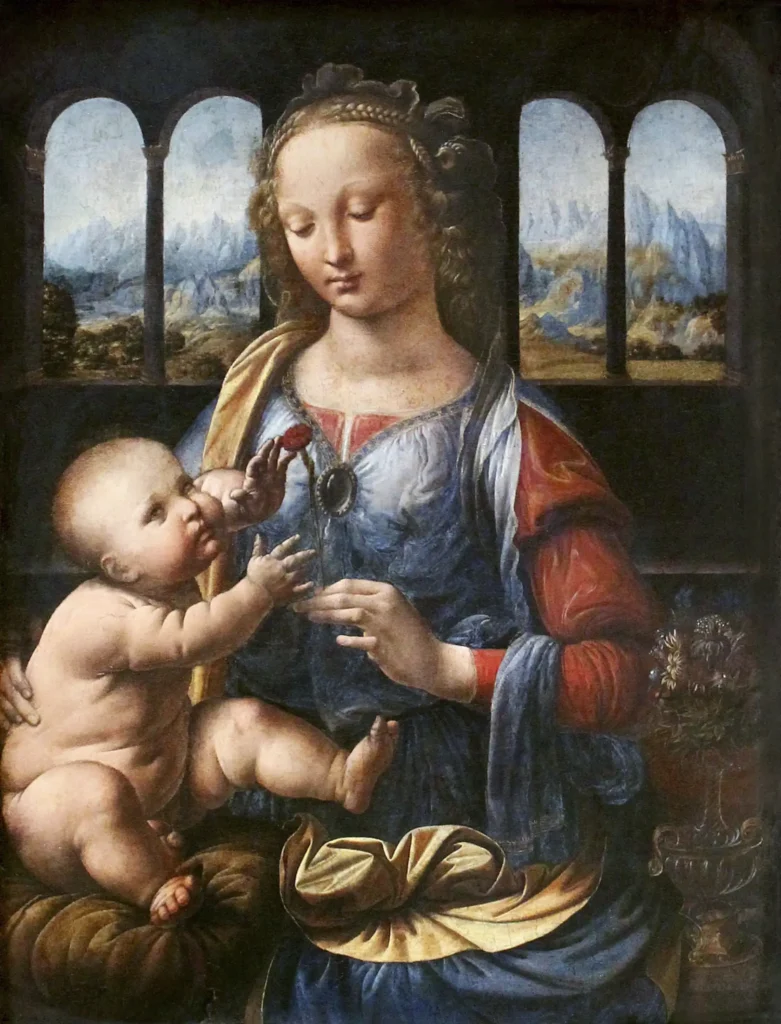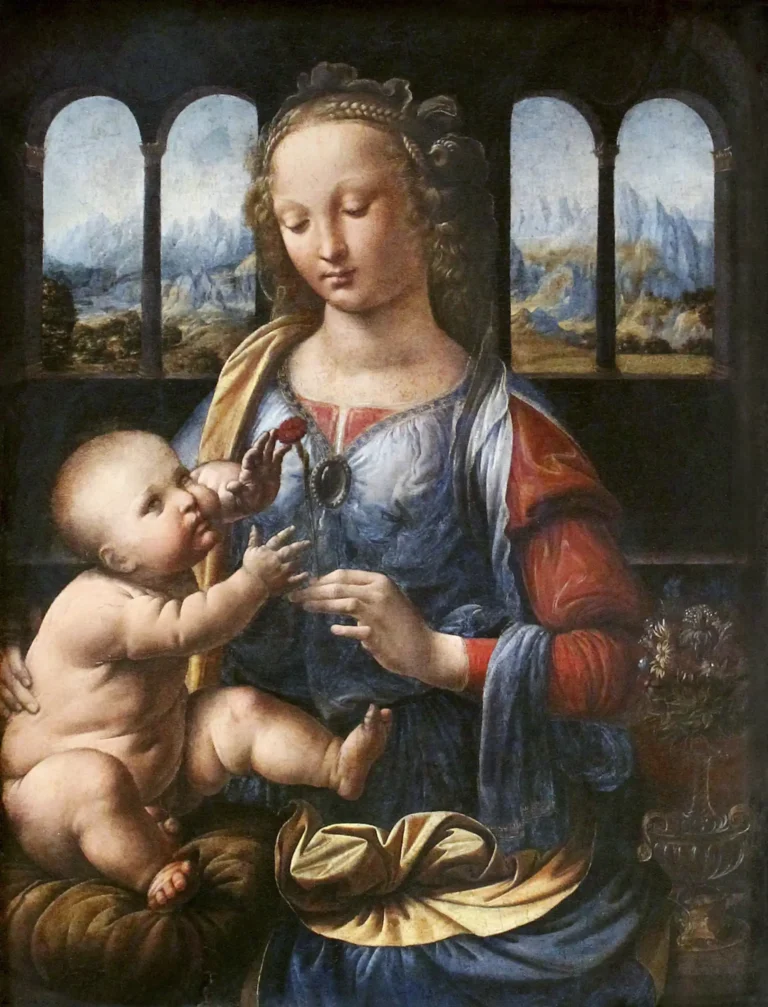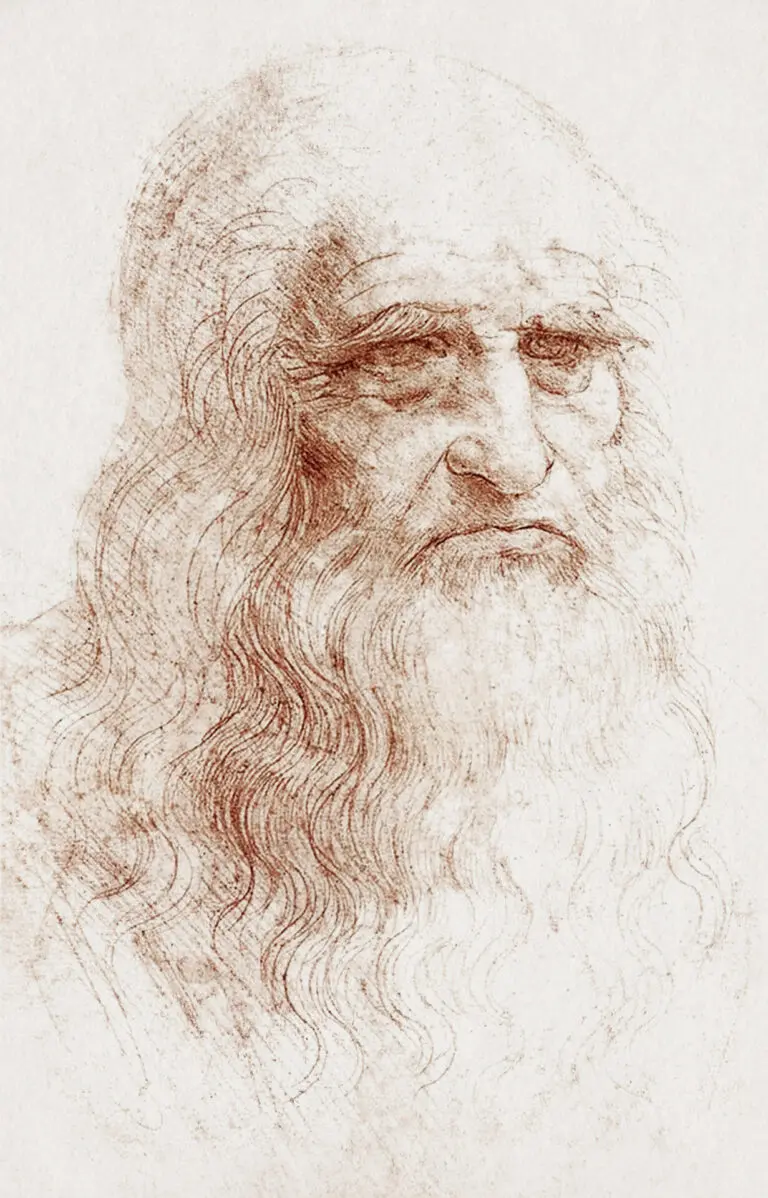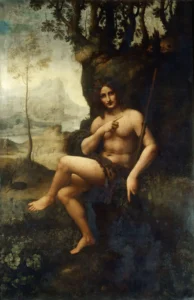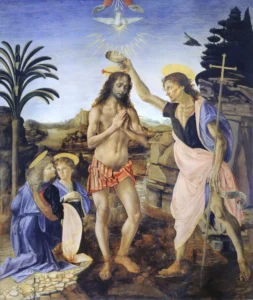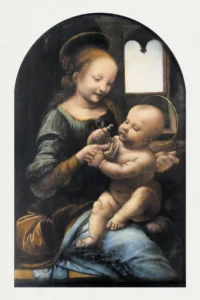Madonna of the Carnation (1478)
Created around 1478-1480 during Leonardo da Vinci's early career, Madonna of the Carnation depicts the Virgin Mary with the Baby Jesus, where she holds a carnation symbolizing the blood of Christ. The artwork is celebrated for its rich colors, intricate details, and the tender relationship portrayed between mother and child, making it a significant work from the Renaissance period. Leonardo's use of chiaroscuro enhances the emotional depth of the scene, drawing viewers into the intimate moment shared between Mary and Jesus.
1478 - 1480
About the Artwork
The Madonna of the Carnation is a pivotal work in Leonardo da Vinci's artistic journey, created while he was still honing his skills as an apprentice. The painting reflects the early experimentation with light and shadow, a hallmark of his later masterpieces. The carnation in Mary’s hand is not merely decorative; it is a deep symbol of the passion and sacrifice embodied in Christ. The composition also marks a shift toward more personal and emotive religious iconography, moving away from the more formal representations that were prevalent before. After its completion, the painting came into the possession of prominent patrons like Giulio de' Medici, a testament to its acclaim. Despite facing deterioration, it has continued to capture the hearts of art lovers worldwide.
Did You Know
The carnation held by Mary symbolizes not only the blood of Christ but also serves as a representation of divine love and motherhood, making it a potent symbol in Christian iconography.
Leonardo da Vinci was an apprentice in the workshop of Andrea del Verrocchio, and this painting reveals the influence of Verrocchio’s style while simultaneously showcasing Leonardo’s unique emerging talents.
The painting has faced significant restoration challenges over the years, particularly affecting the surface texture, which has resulted in a leathery appearance for the face of the Madonna, sparking discussions on conservation techniques.




